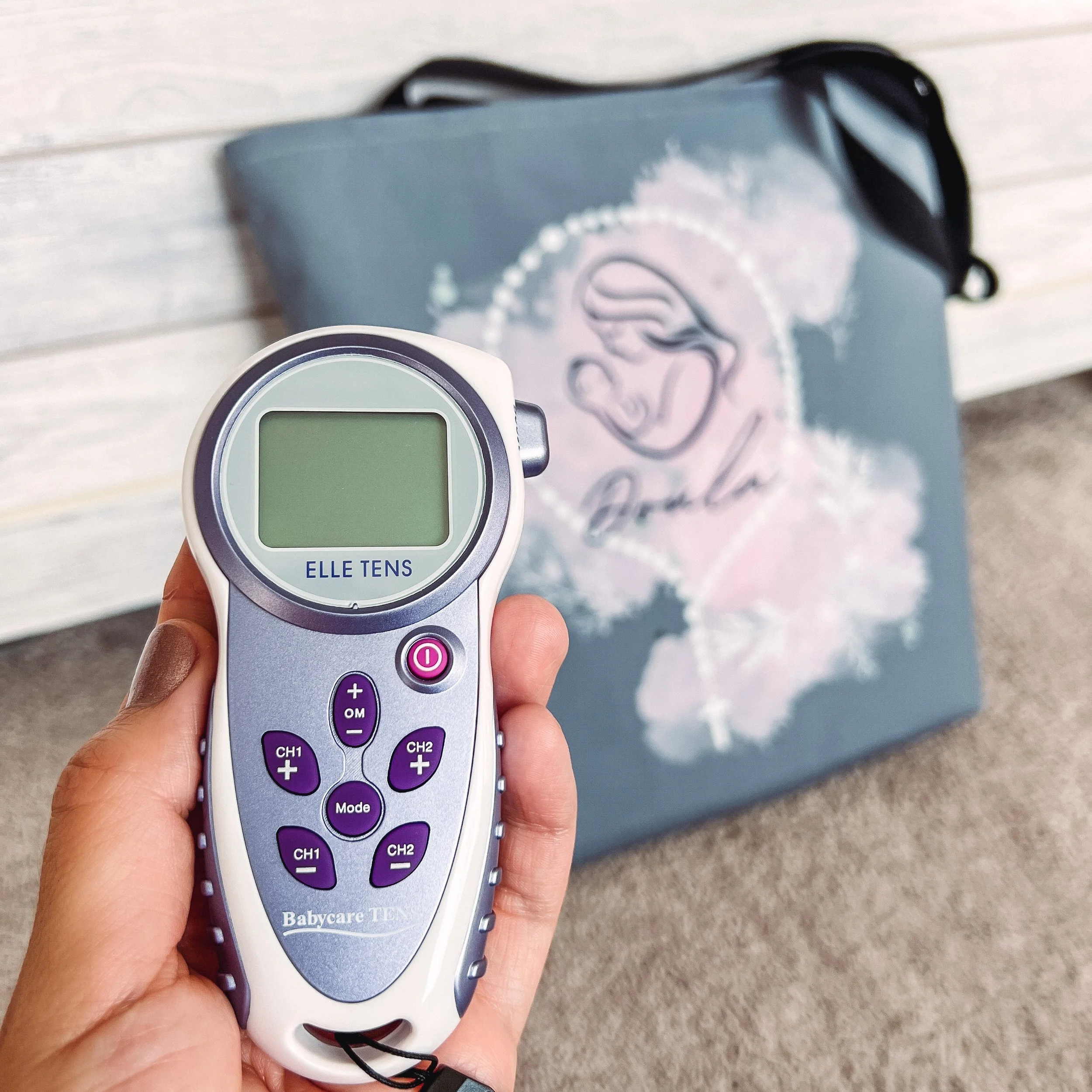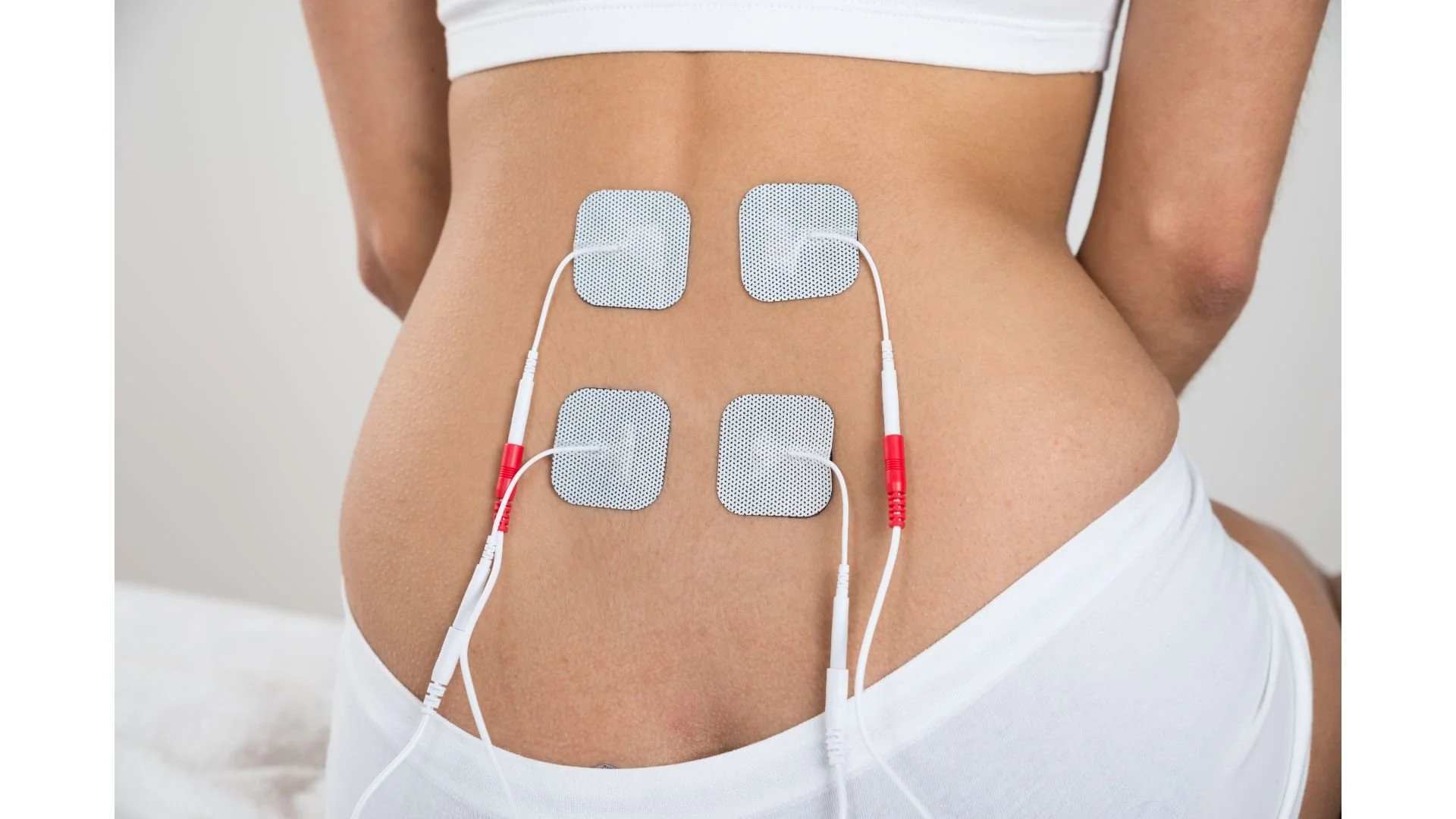Using a TENS Unit During Labor: A Natural Approach to Pain Management
Childbirth is a miraculous and life-changing event, but it can also be an incredibly painful and challenging experience. For many expectant mothers, the thought of managing labor pains can be a source of anxiety. While there are various pain relief options available, some women are seeking more natural and non-invasive methods to alleviate discomfort during labor. One such option gaining popularity is the use of a TENS unit. Let’s explore what a TENS unit is, how it can be used during labor, and its potential benefits.
What is a TENS Unit?
TENS stands for Transcutaneous Electrical Nerve Stimulation, a non-invasive and drug-free pain relief technique. It involves the use of a small, portable device that delivers mild electrical impulses to specific areas of the body via adhesive electrodes placed on the skin. These impulses are thought to stimulate the body's own natural pain control mechanisms.
Using a TENS Unit During Labor
TENS units, initially designed for chronic pain management, have found their way into labor and delivery rooms as a drug-free method to relieve pain and discomfort. Here's how they can be used during labor:
Early Labor: TENS units are typically used in the early stages of labor when contractions are less intense. Before active labor begins, expectant mothers can apply the electrodes to their lower back.
Adhesive Electrodes: The TENS unit comes with adhesive electrodes that adhere to the skin. These electrodes are strategically placed in positions that target the lower back or areas with the most discomfort.
Adjusting Settings: The TENS unit has various settings, including frequency and intensity controls. The laboring mother can adjust these settings to find the level of stimulation that provides the most relief.
Portable and Discreet: TENS units are compact and portable, allowing the mother to move around and change positions during labor while wearing the device. The discreet nature of TENS units ensures that it does not interfere with the birthing process.
Four electrodes are placed on the lower back to help with discomfort during labor.
Benefits of Using a TENS Unit During Labor
Non-Invasive: TENS units offer a non-invasive and drug-free approach to pain management during labor. This can be particularly appealing to women who wish to avoid the potential side effects of medications.
Self-Controlled: Laboring mothers can control the TENS unit settings themselves, allowing them to tailor the level of pain relief to their individual needs and preferences.
Improved Comfort: TENS units can help relieve pain and discomfort by stimulating endorphin production and interrupting pain signals to the brain. This can make labor more bearable and less stressful.
Mobility: Unlike some other forms of pain relief, TENS units allow women to remain mobile during labor, encouraging movement and various labor positions that can facilitate the birthing process.
Minimal Side Effects: TENS units are associated with minimal side effects, which makes them a safe option for most pregnant women.
TENS Unit FAQ
ARE THERE ANY RISKS TO USING A TENS UNIT? - There are a few medical conditions that make the TENS unit not a good choice for some people. Talk to your care provider to confirm that the TENS unit is a safe choice for you.
IS THERE A CHARGE FOR USING YOUR TENS UNIT? - I offer the use of a TENS unit as part of my doula package - there is no additional cost for you as my client.
WHY WOULD I USE THIS? - People say that a TENS unit reduced their experience of pain, particularly pain associated with back labor. You can use it in labor and stay mobile and remain clear-headed.
IS IT HARD TO USE? - It is not hard to use but it will be helpful to try it out together prior to labor, at our prenatal, so you are familiar with it.
SHOULD I BUY MY OWN? - It is not recommended unless you are sure you are purchasing a device made specifically for obstetrical use and tested for such a purpose.
CAN I USE A TENS UNIT WITH AN EPIDURAL? - If you get an epidural then you will stop using the TENS unit at that time. The TENS unit is not used in areas or under circumstances where you do not have full sensation.
WHAT DOES IT FEEL LIKE WHEN I AM USING IT? - Most people report that having a TENS unit feels like pins and needles or your body part is “falling asleep”.
WHEN DO I USE IT? - A TENS unit is most effective when you start during the early stages of your labor, but you can use it anytime. You need to stop using it if you labor in water or have an epidural.
CAN I PUT IN ON MY LOWER ABDOMEN WHERE I FEEL THE CONTRACTIONS? - The TENS unit is for use on your lower back when you are in labor.
CAN I USE IT IN THE WATER? - No, electricity and water don’t mix. We can take it off and then put it on again when you get out of the water.
CAN I USE IT AFTER BIRTH? - Only on the advice of your clinician. There has been some research that indicates that a TENS unit helps with healing and reducing pain around postpartum cesarean scar.
CAN I USE IT DURING PREGNANCY? - The TENS unit is for after 37 weeks when you are in labor.
DOES IT INTERFERE WITH FETAL MONITORING? - No, it does not and there is no known risk to the baby.
It's important to note that TENS units may not provide complete pain relief for everyone, and their effectiveness can vary from person to person. Women who are considering using a TENS unit during labor should consult with their healthcare provider and consider the device as part of a comprehensive birth plan.
Conclusion
Childbirth is a unique and personal experience, and every woman's labor journey is different. The use of a TENS unit during labor offers a natural and drug-free way to manage pain and discomfort. By providing self-controlled pain relief, improved mobility, and minimal side effects, it can be a valuable addition to a woman's birthing plan. However, it's essential to consult with a healthcare professional to ensure it is a suitable option for your specific circumstances. Ultimately, the goal is to empower expectant mothers to make informed choices that align with their birth preferences and help create a positive and less painful childbirth experience.



